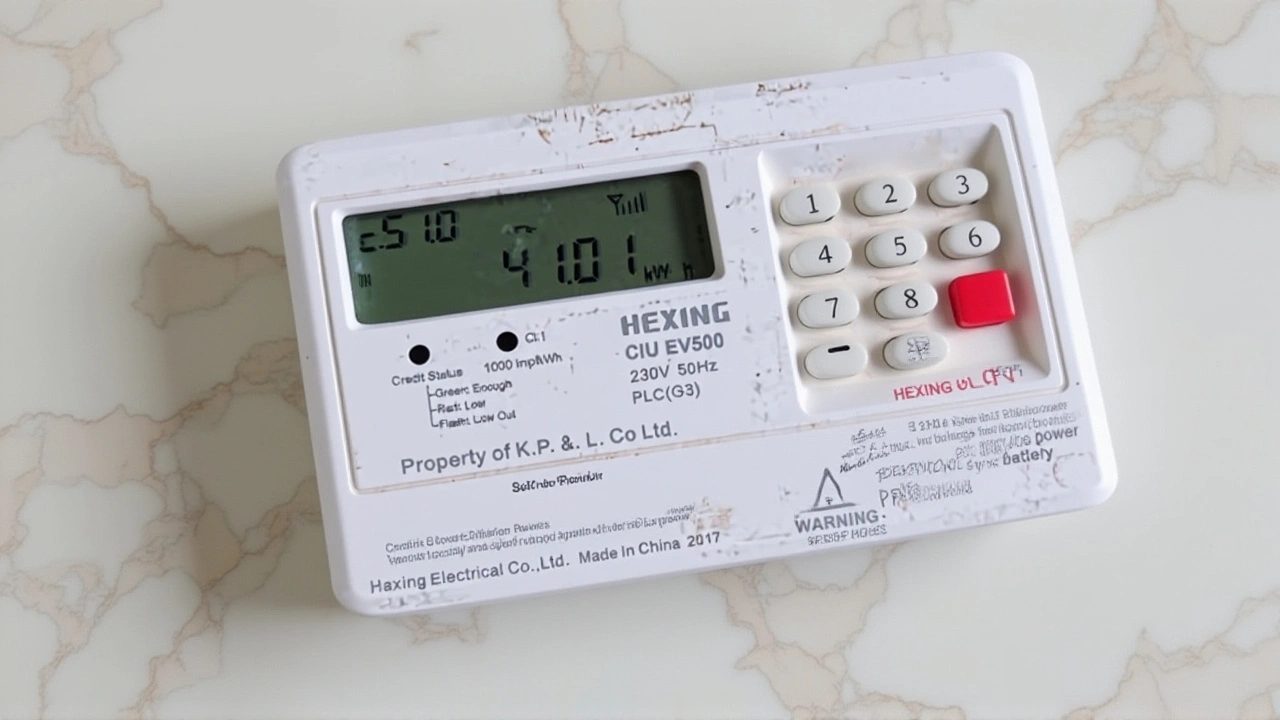Secret Codes Explained – What They Are and Why They Matter
Ever wonder why a child’s diary is filled with nonsense scribbles or why a bank uses long strings of numbers for passwords? That’s the world of secret codes. A secret code is any system that turns clear information into something hard to read unless you know the key. From ancient Rome to your smartphone, codes have helped people hide messages, protect assets, and even play games.
How Codes Evolved – From Simple Ciphers to Modern Encryption
The first known secret code is the Caesar shift, where each letter moves three places forward. Julius Caesar used it to send battle plans that only his generals could read. Over the centuries, people added more steps: substitution tables, polyalphabetic ciphers, and finally computer‑based algorithms. Modern encryption like AES or RSA looks complicated, but the idea is the same – scramble data in a way that only the right key can unscramble.
Why does this matter to you? Every time you log into an online account, a hidden code works behind the scenes to keep your password safe. Even the QR code on a concert ticket is a visual secret that a scanner translates into ticket details. Understanding the basics helps you spot weak spots and choose stronger protection.
Practical Ways to Use Simple Codes in Everyday Life
You don’t need a PhD in cryptography to use a code. Try a simple substitution cipher for a family note: replace each letter with the one that follows it in the alphabet. It’s a fun way to hide a surprise party clue. For more security, use a password manager that generates random strings – those long, mixed‑case passwords are just strong secret codes for your accounts.
If you receive a mysterious string of numbers, think of it as a potential code. A quick tip: check if the numbers match a phone keypad layout. Many promotional offers hide discount codes in this format. By mapping 2‑9 to letters, you can often reveal a readable word.
Another everyday example is the “lol” shorthand in texts. While not a secret, it works like a code that only people who know internet slang understand. Recognizing such patterns can improve communication and prevent misunderstandings.
When you travel, secret codes appear in currency conversion apps, QR boarding passes, and even in hotel key cards. All of these rely on temporary codes that change every few seconds, making it hard for fraudsters to reuse them. Keeping your phone’s software updated ensures you can read and generate these codes safely.
Finally, education and games use secret codes to teach logic. Crossword puzzles, escape rooms, and online scavenger hunts often embed clues in coded form. Learning how to decode them sharpens critical thinking and makes the experience more rewarding.
In short, secret codes are everywhere – from ancient battlefield messages to the invisible locks protecting your data. Knowing the basics lets you appreciate the clever ways we hide information and gives you tools to stay safe online. So the next time you see a string of symbols, pause, think about the key, and maybe even have a little fun cracking it.
KPLC Rolls Out Secret Codes for Kenya’s New Digital Prepaid Meters
KPLC’s rollout of digital prepaid meters in Kenya introduces secret codes for different brands, a free update process before August, and new USSD tools to help users manage electricity payments.
View more